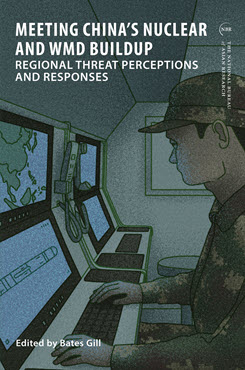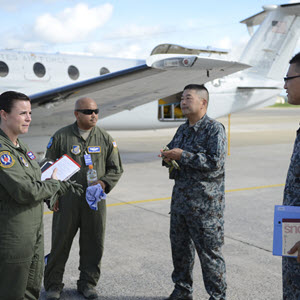Essay in NBR Special Report 109
Australia and Chinese Nuclear Modernization
Waking Up to New Nuclear Realities
This essay assesses the threats to Australia from Chinese nuclear modernization, considers scenarios for China’s likely use of nuclear threats against Australia, and examines the military policies and operational capabilities employed by Australia in response.
EXECUTIVE SUMMARY
MAIN ARGUMENT
MAIN ARGUMENT
Australia assumes that it is covered by U.S. extended nuclear deterrence, but this has never been acknowledged in joint statements by the two countries. As such, there is a lack of clarity about either country’s understanding of the scope of U.S. nuclear guarantees toward Australian territory or military assets, or what role Australia may be asked to play in supporting U.S. nuclear deterrence in peacetime or in conflict. China has made significant progress in modernizing, diversifying, and expanding its nuclear forces, thereby improving their survivability. While Canberra has plans in place to acquire or develop its long-range strike and missile defense capabilities, it is currently dependent on U.S. extended deterrence against potential Chinese threats. Canberra should also be concerned that China may be moving away from its no-first-use nuclear policy and may contemplate the use of tactical nuclear weapons to coerce the U.S. and its allies and deter them from intervening in a regional conflict. It is likely that Australia will be involved militarily in a Taiwan contingency if the U.S. chooses to intervene, but its contributions would vary according to whether conflict remains localized or widened. Either way, Australian territory would be used to support U.S. forces operating farther afield, putting Australian bases under threat from Chinese long-range missiles. Awkward questions on both sides of the alliance about the scope and reliability of U.S. extended nuclear deterrence can no longer be avoided.
POLICY IMPLICATIONS
- To minimize the risk of a nuclear conflict, the U.S. and its allies need to find ways of persuading or compelling China to separate its nuclear and conventional weapons and to agree to direct lines of communication and protocols (as existed with the Soviet Union).
- The annual U.S.-Australia Strategic Policy Dialogue might include deeper and explicit discussion about the circumstances or scenarios in which the deployment of U.S. nuclear capabilities in Australia would be considered, establishing shared understanding of what amounts to a crisis and what responses would be escalatory, as well as detailed scenario planning.
- The Australian government should have sustained, honest, and direct conversations with the Australian people about the increasing risks of conflict with China, the risks of escalation, and the urgent need to deter it from using force.
Lavina Lee is a Senior Lecturer in the Department of Security Studies and Criminology at Macquarie University in Sydney.



